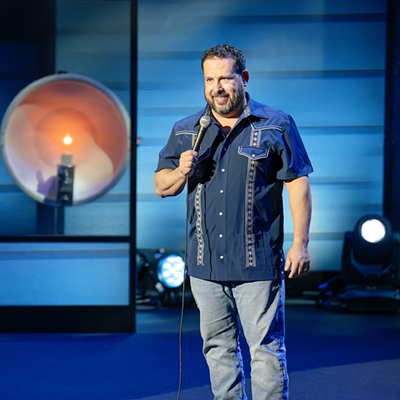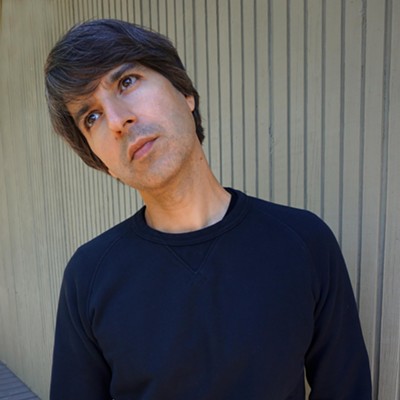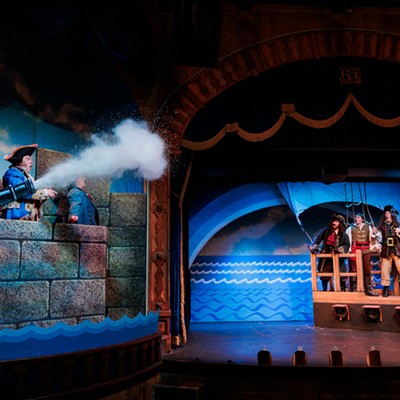Thomas Prairie found Tucson atop his bicycle. He came to participate in the El Tour bike race, and decided that he loved the Southwest so much that he wanted to live here. So five years ago, he packed his bags, left Chicago behind and relocated, taking some game-changing ideas with him.
Prairie, not only a bicycling enthusiast but also an architect in private practice, recognized that history seemed to ooze from the neighborhoods and significant structures in Tucson. He wanted to know more and figured others did, too.
"Tucson has a long history," Prairie says. "First there were the Native Americans and then the Spanish. It was a frontier area, so we have all those influences."
In Chicago, he'd taken part in self-guided bike tours in order to learn about the history there. He mentioned this while serving on a subcommittee for the American Institute of Architects' Southern Arizona chapter that was planning events for its annual Architecture Week. And so was born the idea of bringing an Architecture on Wheels tour to Tucson.
Prairie's instincts were right. In 2011, after partnering with Living Streets Alliance, AIA hosted the first tour, which brought out a slew of bike-riding Tucsonans eager to learn more about their city's history. The partners repeated the event last year, expanding it to include a walking tour as well. More than 150 people participated.
This year, the partners are hosting the third annual Architecture on Wheels Hike and Bike tours and the emphasis is on the "game changers" in Tucson's development, past and present.
Although pessimistic Tucsonans have spent the past months cursing the clamor and construction dust that have been raised by the modern streetcar project, there's no doubt that it is "changing the game," and this year's event is celebrating the project.
"Architects like to think of game changers—first of all the automobiles, then the railroad. This year we are talking specifically about the bicycle and the modern streetcar," says Kylie Walzak, program coordinator for Living Streets Alliance.
There are three tours to choose from this year. A walking tour led by Brooks Jeffery, director of the Drachman Institute at the University of Arizona, will cover the length of the campus and highlight its noteworthy buildings, such as Old Main and the new tree-ring laboratory.
A bike tour led by Demion Clinco, president of the Tucson Historic Preservation Foundation board, and Arizona state Sen. Steve Farley will take participants through the historic Sam Hughes neighborhood.
And for those most interested in hearing about the modern streetcar, a a bike tour led by Jennifer Levstik, the city of Tucson's preservation lead planner, will guide riders along University Boulevard, down Fourth Avenue and into downtown.
"This event will appeal to those interested in history and architecture, as well as people who like to think about the impact that transportation choices have on the way that our cities our built," Walzak says.
Though he hasn't made up his mind, Prairie says he probably will participate in the Sam Hughes tour this year.
"I don't know the area and I'd like to experience something new," he says. "I like such a variety."
The tours are about two hours long and cost $15 (they're free for LSA and AIA members). Bikers and walkers of all ability levels are encouraged to join in.
"It's a very casual thing," Prairie says. "You bike a short distance, you stop, hang out, listen, and then get on and go to the next (stop). If you can bike to the corner store you can do this."







